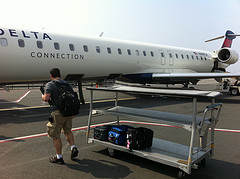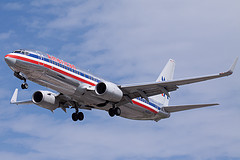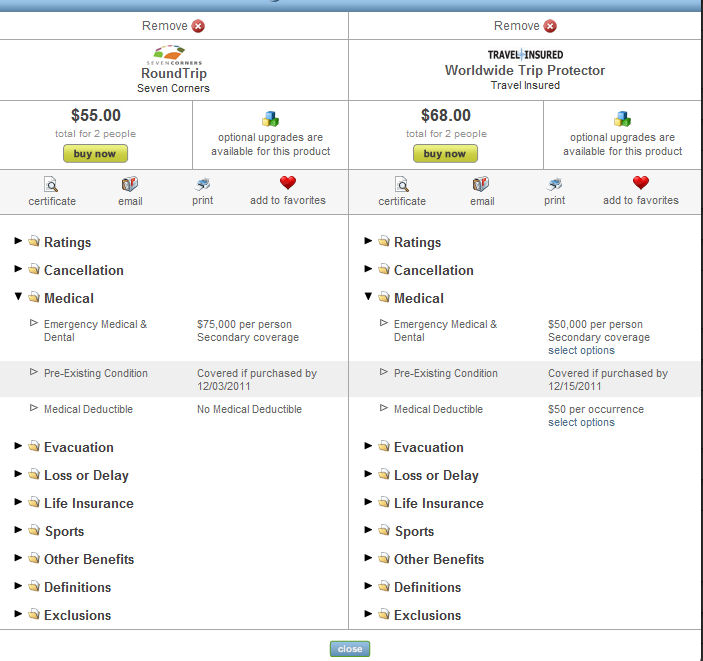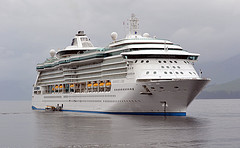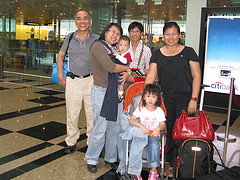 Â This year, we decided to cull through the best travel accessory recommendations from savvy travelers and generate a list of items small enough to fit in a traveler’s Christmas stocking.
 This year, we decided to cull through the best travel accessory recommendations from savvy travelers and generate a list of items small enough to fit in a traveler’s Christmas stocking.
We present to you our 2011 Stocking Stuffer list for Travelers:
- TSA-approved luggage locks. Keeps your stuff safe from opportunistic would-be thieves, but lets TSA officials do their jobs at the same time. See the luggage locks at TravelProducts.com or the Safe SkiesTM TSA Luggage Strap.
- Packing cubes for organizing your stuff inside your luggage. If you haven’t seen these yet, these are amazing organizers (although some travelers aren’t as fond of them as we are: see the  pros and cons of packing cubes). Light, zippered, storage cubes that let you lay your clothes out flat (less wrinkles) and reduce wasted space. Layer your clothes in the cubes, pack the shoes, toiletries, and extras around the sides and strap it all in tight. See the range of packing folders and cubes at ebags.com. As far as we’re concerned, anything we can do avoid baggage fees and the delay at baggage claim is a good thing.
- For in-flight and sleep comfort: earplugs and eyeshades. Earplugs save your hearing from damage and can make sleeping in noisy situations easier. If your hotel or lodging doesn’t have blackout curtains, a sleep mask can make the difference in getting good sleep. See the earplugs and sleep masks at Magellans.com.
- Pajamas for a traveler’s ears. We recently ran across this product: SleepPhonesTM, which is a soft fleece headband with earphones. Reportedly, this product lets you sleep naturally without having to stay in one position to accommodate your earphones.
- A really big SD card for all those travel photos and movies. Think 4GB, 8GB, or even 16GB of flash memory for the traveler who takes loads of pictures.
- Reusable water bottle with a built-in water filter. Â Since you can’t get through security with the water you need to stay hydrated and ward off illness, turn regular old tap water into good-tasting water. Consider the CamelBack Groove for safe public water systems or the Katadyn MyBottle water purifier for a 3-stage purification system that eliminates viruses, bacteria, and protozoa when you have to refill from a non potable water source. See other water purifier systems at REI.com.
- Easy pretty shoes. Rollable, mashable, ballet flats means pretty shoes without the space required for heels. Search online for AfterSoles flats for some great options.

